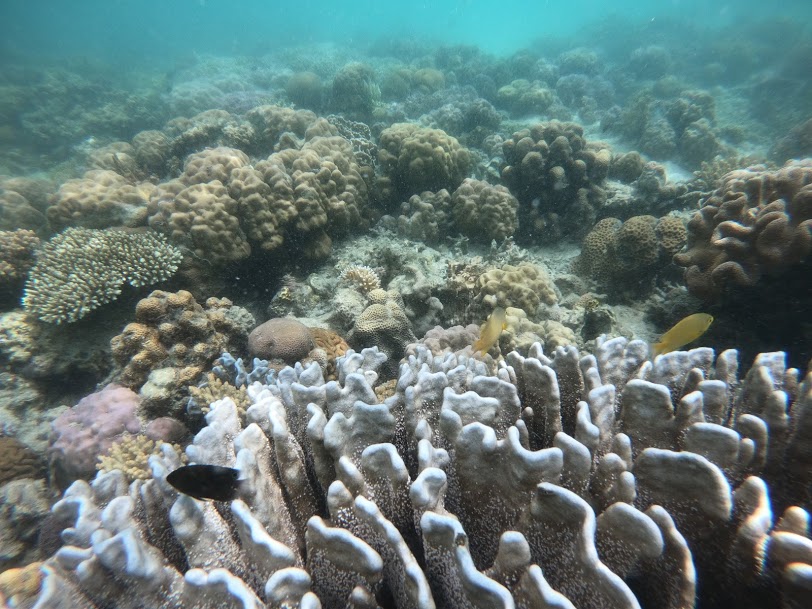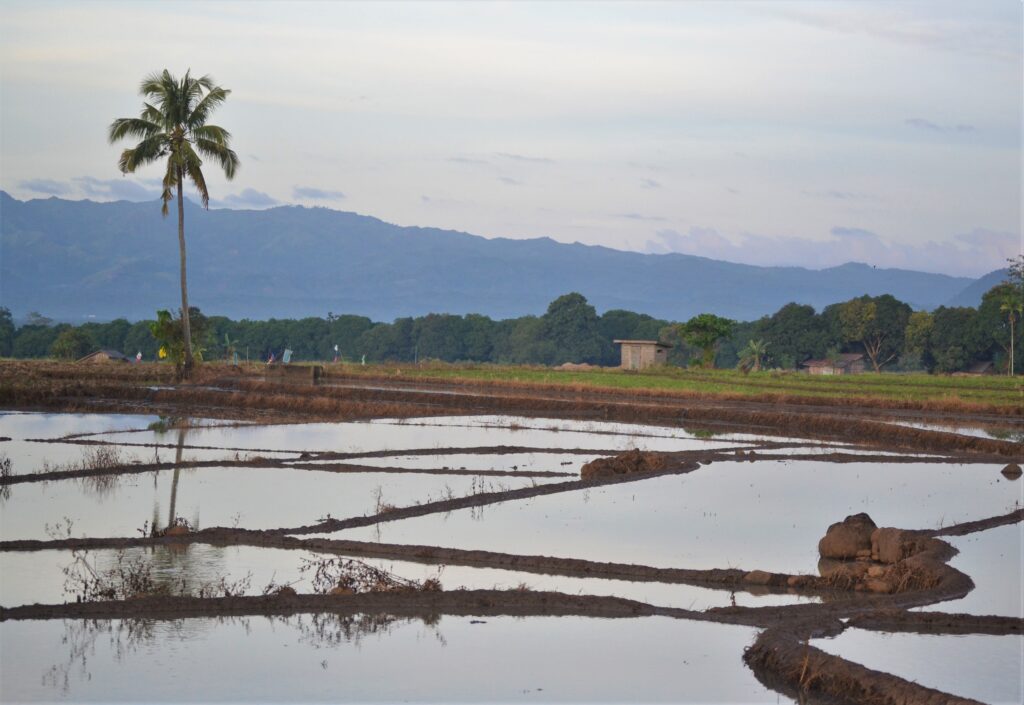Text and Photos by Henrylito D. Tacio
Additional Photo by Gregory C. Ira
When coronavirus disease 2019 (COVID-19) was reported all over the world, there were some reports that due to lockdowns, the world was recuperating from climate change as people were no longer traveling.
But a new report, United in Science 2021, said the temporary reduction in carbon emissions caused by global lockdowns “did not slow the relentless advance of climate change.” As the report said, “Greenhouse gas concentrations are at record levels, and the planet is on path towards dangerous overheating.”
After a temporary blip in 2020 due to COVID-19, carbon emissions “are rapidly accelerating” and “nowhere close to the targets set by the Paris Agreement,” the report observed.
The Paris Agreement is a legally binding international treaty on climate change. It was adopted by 196 parties (including the Philippine government) at COP21 in Paris on December 12, 2015, and entered into force on November 4, 2016.
“We have reached a tipping point on the need for climate action. The disruption to our climate and our planet is already worse than we thought, and it is moving faster than predicted,” said United Nations Secretary-General António Guterres in a statement.
We are now just a month away from the most important global meeting of the year: The United Nations Climate Conference (COP26), which is scheduled to be held in the city of Glasgow, Scotland, between October 31and November 12.
There is a big choice to be made there, according to the UN Secretary-General.
So, why should climate change be a concern to us Filipinos?
The Philippines, home to about 110 million people, is one of the most vulnerable countries to climate change, according to Dr. Rodel D. Lasco, a member of the International Panel on Climate Change (IPCC), the 2007 co-winner of the Nobel Peace Prize. For one, the country “has a long coastline where millions of people live including in urban centers such as Metro Manila, Cebu, and Davao.”
In 2007, the IPCC estimated that sea levels might rise by between 18 centimeters and 59 centimeters in the coming century. The Philippines ranks fourth in the Global Climate Risk Index. Fifteen of the 16 regions of the Philippines are vulnerable to sea-level rise.
In a conference on strengthening river basin organizations in Davao City in 2015, Lorenzo Tan, executive director of Worldwide Fund for Nature (WWF), declared: “If you see rising sea levels, Mindanao is at ground zero.
Davao City is a case in point. It was among the 12 key cities in the country that was included in the Business Risk Assessment and the Management of Climate Change Impacts study done by WWF along with the Bank of the Philippine Islands (BPI) Foundation Inc.
“The study was conducted to help city planners assess the impacts of climate change in their communities, identify opportunities and decide on a sustainability strategy, site-specific interventions that will allow the city to retain its economic viability,” Tan told Business World.
Tan noted that Davao runs a close second to Cebu in terms of tonnage shipped through its ports. “Located along the relatively shallow channel between the city and Samal Island, these port facilities are a nerve center for Davao City’s economy, and serve a variety of ships handling both cargo and passengers,” the risk assessment said.
But sea-level rise may create some havoc in the near future. “Davao should take a close look at the city’s shipping fleet and port facilities and take the necessary steps to ensure that they are upgraded to deal with the impacts of climate change,” Tan suggested.
Sea level rise would also endanger the drinking water quality and agricultural productivity, according to the country’s weather bureau. This is due to possible salt intrusion in coastal soils and freshwater aquifers.
Not only are people at risk of being displaced by sea-level rise, but “important ecosystems such as mangrove forests could also be lost,” warned Dr. Lasco, who is the country’s coordinator for the World Agroforestry Center.
Mangroves and coral reefs are at risk, too. Mangroves serve as sanctuaries and feeding grounds for fish. They also aid in natural land reclamation. More importantly, they act as buffer or coastal zone stabilizers by reducing typhoons and stormwind damage.
The Philippines has about 27,000 square kilometers of coral reefs. Two-thirds of these are in Palawan and the Sulu Archipelago. An estimated 10-15 percent of the total fisheries come from coral reefs.
The Philippines is buffeted by typhoons every year, which kill scores of people and damage billions of pesos worth of properties. In recent years, stronger typhoons have become more frequent. “Climate change is expected to exacerbate this extreme event,” warned Dr. Lasco.

Corals are at risk (Photo by Gregory Ira) 
Water shortage 
Flooding in Davao City
Rising temperatures will also spur changes in rainfall patterns. “Weather patterns (in the Philippines) may change with projections of higher rainfall and drier summers,” Dr. Lasco said. “These could adversely affect millions of hectares of farm lands. In the rainy season, there will be more frequent floods and in the dry season, there will be less water available for irrigation. Overall, it threatens the food security of our country.”
The greenhouse effect is a natural warming process. During the Climate Change Media Workshop some years back in Davao City, Dr. Rosa Perez said that carbon dioxide and certain other gases are always present in the atmosphere. These gases create a warming effect that has some similarity to the warming inside a greenhouse, hence the name “greenhouse effect.”
“Although the Earth’s climate has changed many times throughout its history, the rapid warming seen today cannot be explained by natural processes alone,” pointed out Dr. Perez, who has a Ph.D. in Meteorology from the University of the Philippines.
Man’s tampering with the environment has made the temperature change faster, scientists believe.

